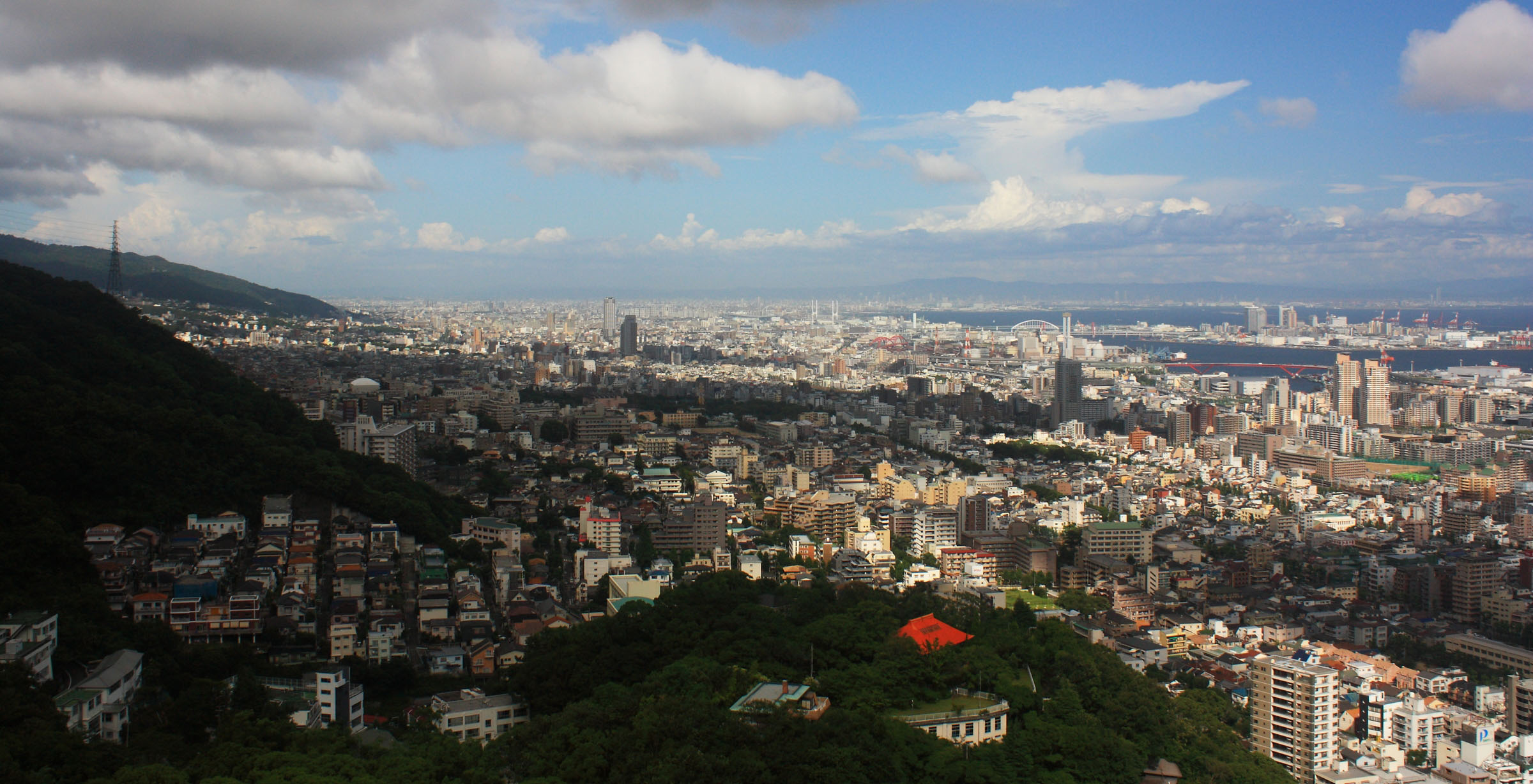Chewing and spitting out rice, unseemly as it sounds, is a key step in making kuchikami (literally, "mouth-chew") sake, an early form of the now world-famous drink. Fortunately, the brew has come a long way since then.
As production methods evolved and improved, one part of Japan was destined to become its mecca of high-quality sake: the Nada area, which now straddles the neighboring cities of Kobe and Nishinomiya in Hyogo Prefecture.
Though famed since at least the 17th century, the Nada sake industry suffered a setback due to the magnitude-7.3 Great Hanshin Earthquake that struck on Jan. 17, 1995 — with its epicenter just 20 km south of Kobe. Despite the widespread destruction and some 6,400 people dying due to the earthquake, however, the setback to Nada's sake industry was overcome before rivals could step in. Today, the area is still Japan's leader, accounting for nearly 30 percent of all domestic production.



















With your current subscription plan you can comment on stories. However, before writing your first comment, please create a display name in the Profile section of your subscriber account page.